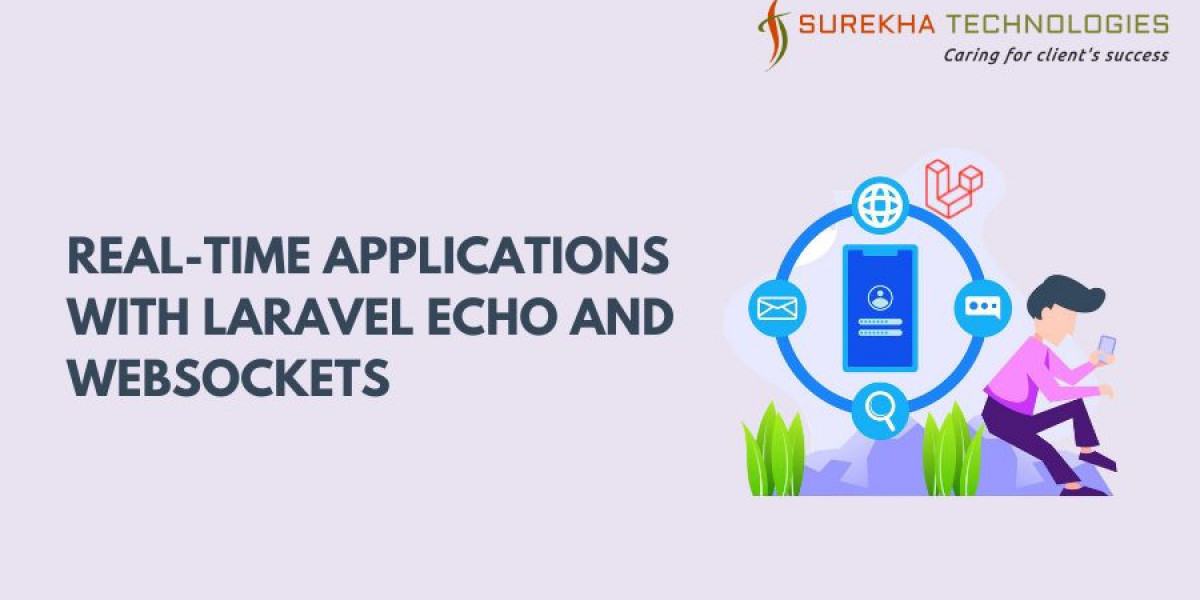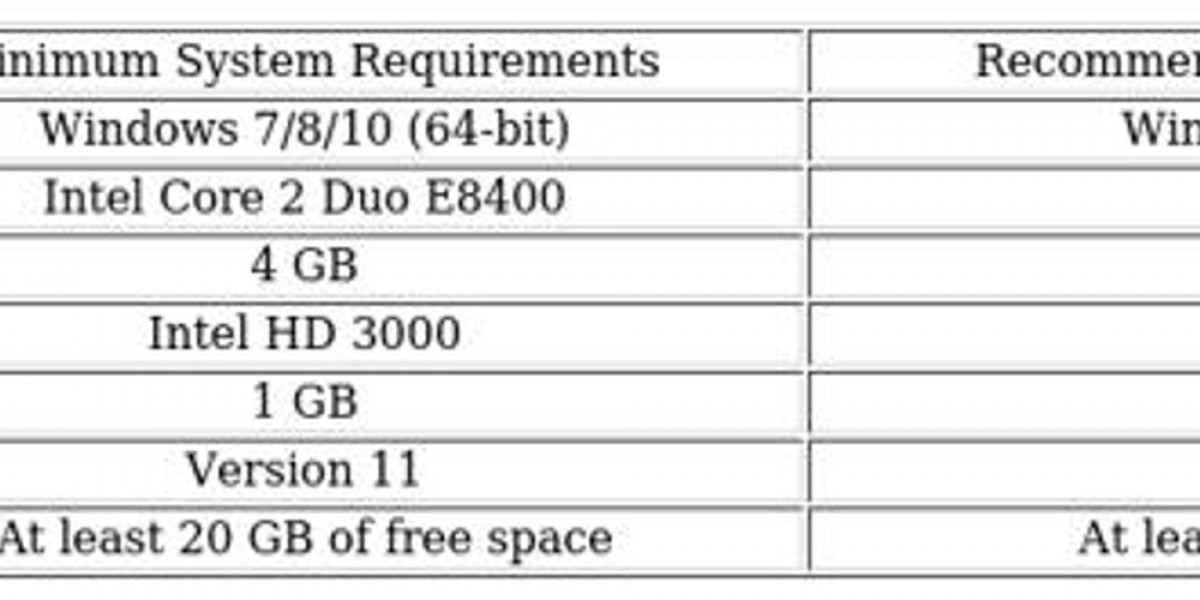In today’s fast-paced digital world, real-time communication is no longer a luxury but a necessity. From live notifications and chat systems to collaborative tools and gaming applications, real-time interactions significantly enhance user experience. For businesses and developers looking to integrate such features, the Laravel framework stands out as a robust solution. This article delves into how Laravel Echo and WebSockets make real-time applications a reality and why partnering with a Laravel framework development company can streamline this process.
Understanding Real-time Applications
Real-time applications are systems where information is instantly updated and pushed to users without requiring them to refresh or reload their browsers. Popular examples include live sports scoreboards, stock market trackers, chat applications, and collaborative editing tools. Achieving this level of immediacy typically involves technologies like WebSockets, which allow for a persistent, bidirectional communication channel between the client and server.
Laravel Echo: A Powerful Real-time Library
Laravel Echo is a JavaScript library designed to simplify working with WebSockets and other real-time broadcasting technologies. Built into the Laravel framework, it provides an expressive API for subscribing to channels, listening for events, and broadcasting messages.
Key Features of Laravel Echo
Event Broadcasting: Laravel simplifies event broadcasting, allowing you to push server-side events to your frontend in real-time.
Channel-based Communication: Laravel Echo makes it easy to organize your real-time events using public, private, and presence channels.
Integration with WebSocket Services: Laravel Echo integrates seamlessly with WebSocket services like Pusher and Laravel WebSockets.
By leveraging these features, developers can build sophisticated real-time systems with minimal effort.
WebSockets: The Backbone of Real-time Communication
WebSockets form the foundation of real-time applications by establishing a persistent connection between the client and server. Unlike traditional HTTP requests, WebSockets enable continuous communication, reducing latency and improving efficiency.
How WebSockets Work
Handshake: The client initiates a WebSocket connection by sending a handshake request to the server.
Persistent Connection: Once established, the connection remains open, allowing for real-time data exchange without additional requests.
Event-driven Communication: Both the client and server can send and receive messages asynchronously, enabling dynamic, event-driven interactions.
Laravel WebSockets, an open-source package, provides a self-hosted solution for implementing WebSocket functionality without relying on third-party services. It’s particularly advantageous for businesses looking to maintain full control over their infrastructure.
Building Real-time Applications with Laravel Echo and WebSockets
Here’s a step-by-step overview of creating real-time applications using Laravel Echo and WebSockets:
Set Up Laravel: Begin by installing Laravel and setting up a new project.
Install Laravel Echo: Use npm or yarn to install Laravel Echo and its dependencies.
Configure WebSocket Services: Choose a WebSocket provider like Pusher or install Laravel WebSockets for a self-hosted solution.
Define Events: Create event classes in Laravel and specify the data you want to broadcast.
Broadcast Events: Use the
broadcastOnmethod to define the channels on which events should be broadcast.Listen for Events: On the frontend, use Laravel Echo to subscribe to channels and listen for specific events.
Test and Deploy: Test your application thoroughly to ensure seamless real-time functionality before deploying it to production.
Why Partner with a Laravel Framework Development Company?
Implementing real-time features requires a deep understanding of both backend and frontend technologies. By collaborating with a Laravel framework development company, you gain access to expert developers who specialize in building scalable, secure, and efficient real-time applications.
Benefits of Hiring Experts
Technical Expertise: Professionals have extensive experience with Laravel Echo, WebSockets, and other related technologies.
Custom Solutions: A dedicated team can tailor real-time features to your specific business needs.
Time Efficiency: Accelerate your development process and meet deadlines with the help of seasoned developers.
Scalability and Performance: Ensure your application is built to handle growth and high traffic.
Conclusion
Real-time applications are transforming the way users interact with digital platforms. With Laravel Echo and WebSockets, developers have the tools to create dynamic, engaging, and highly responsive applications. Whether you’re building a live chat system, a collaborative tool, or a notification service, the Laravel framework simplifies the process. For businesses aiming to leverage these capabilities, partnering with a Laravel framework development company ensures a seamless and successful implementation. Start exploring the power of real-time communication today!










